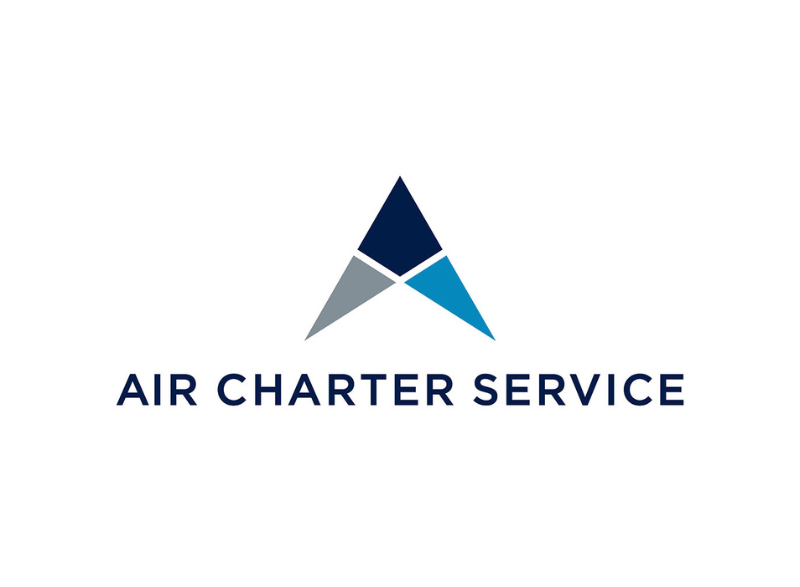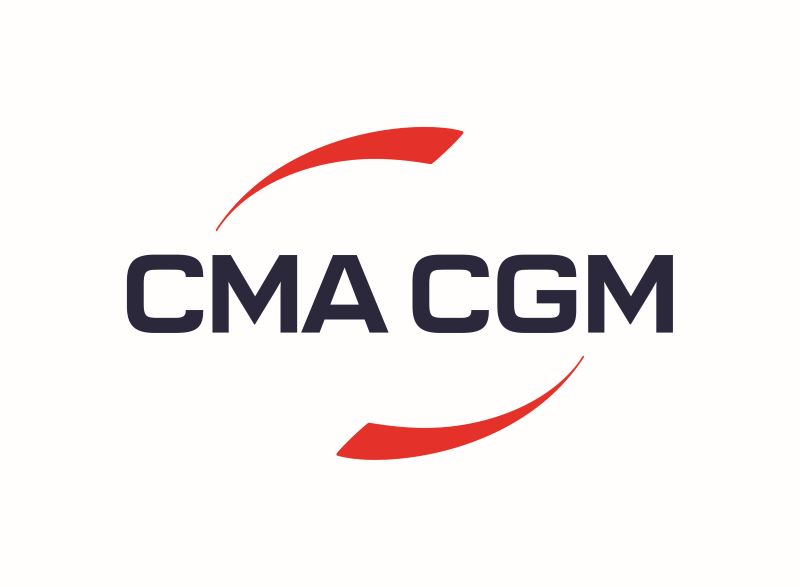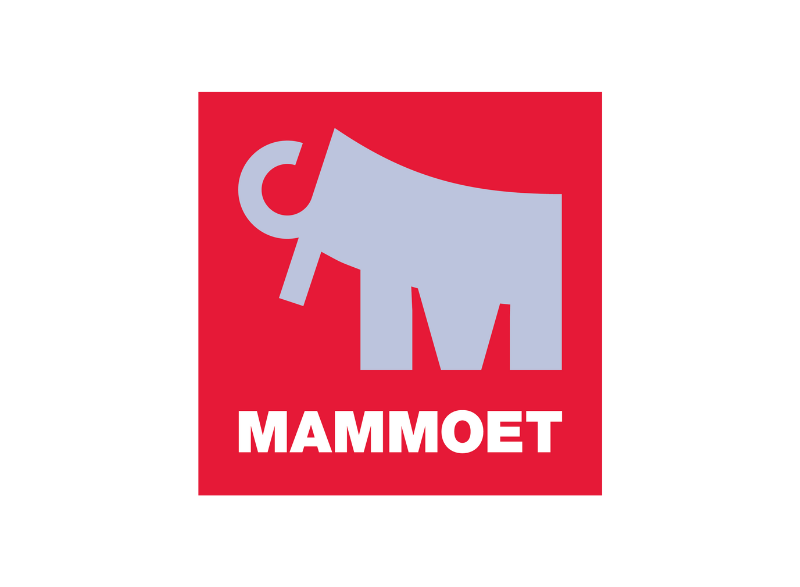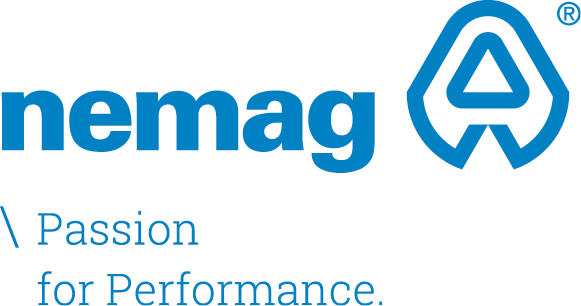Jul 25 | 2019
South America Breathes New Life into Oil and Gas
By Simon West
The success of Colombia’s latest oilfield auction is further proof that the country’s sluggish oil and gas sector is on the road to recovery.
After exploration activity all but dried up after the oil crash in 2014, investment is starting to trickle back into the Andean nation, helped by better crude prices, changes to off-shore contract rules and a gradually improving security situation.
President Ivan Duque, who took office last August, has pledged to support the sector by slashing cor-poration tax and what he has dubbed the “inflated costs” of oil production and transportation. Fast depleting reserves, which in output terms equate to just 6.2 years of oil and 9.8 years of natural gas, is serious cause for concern.
In Colombia’s first oil tender for five years, the government said in early June that seven companies had placed bids for 11 exploration blocks – 10 onshore and one offshore. The result was “excellent news” for the country, said Luis Miguel Morelli, the head of the National Hydrocarbons Association, or ANH.
State-led oil giant Ecopetrol, its upstream subsidiary Hocol, India’s ONGC Videsh, and independent operators Frontera, Parex, Gran Tierra and GeoPark placed a com-bined 19 offers, with the outcome of the bidding due on July 16. The tender is expected to generate spending of US$600 million during an initial exploration phase and could boost crude oil reserves by 1 billion barrels.
“Maybe the number of companies involved in the auction could have been higher, maybe the infrastruc-ture in Colombia fell short of their demands,” said Camilo Silva, founder of the Bogota-based financial advisory firm Valora Analitik. “At the same time, it is no bad thing that inves-tors are arriving, that they believe in Colombia’s oil industry. It is such an important driver for the economies of those regions where blocks are located.”
The ANH has also this year modi-fied contractual terms for offshore drilling, creating a more stable legal framework for operators.
Changes include the use of arbitration to settle disputes between producers and pledges to safeguard the interests of communities living close to oil and gas projects. Operators that apply to extend offshore contracts will also have to hand over an additional 5 percent in royalties to the state.
FRACKING OPPORTUNITIES
Since March, the government has signed offshore contracts with Ecopetrol, ExxonMobil, Repsol, Royal Dutch Shell and Noble Energy for rights to explore offshore Caribbean blocks. Drilling activity at those blocks could begin in May 2020, the ANH said.
The anticipated demand for new rigs, piping and other heavy equipment for onshore and offshore blocks bodes well for movers of breakbulk and project cargoes.
Still, according to Santiago Lloreda, executive director at Medellin-based shipping agency Multiport, the really big opportunities could arise if Colombia green-lights hydraulic fracturing, or fracking, a controversial technique that uses a high-pressure mix of water, sand and chemicals to unlock unconventional oil and gas.
Duque’s government has signaled it is ready to start the fracking approval process. Trade groups believe the country could hold up to 9 billion barrels of unconventional crude reserves, or five times its current conventional tally.
Ecopetrol revealed in February it had earmarked US$500 million over the next three years for a series of strictly controlled, small-scale fracking pilot projects, mainly in Colombia’s shale-rich Middle Magdalena Valley. If environmental authorities give the pilots a thumbs-up, then commercial expansion could begin as early as 2022.
“If the legislation is approved, then fracking will be on top of the list for investments,” Lloreda said.
MOVING ACROSS MODES
In terms of port capabilities, Colombia imports most of its cargo through two main ports: Carta-gena on the Caribbean Coast and Buenaventura on the Pacific Coast. According to Jennifer Bohorquez, general manager at DAP Cargo Line, both ports are well equipped to deal with breakbulk and oversized cargo.
The port of Cartagena, for example, proved its capacity to handle heavy project-related cargo during the US$8 billion construction of Ecopetrol’s Reficar oil refinery. The project, completed in 2015, called for the installation of 34 new processing units to boost fuel and petrochemical production.
But while port capabilities are adequate for project cargo in Colombia, that’s not the end of the story for project cargo moves.
“Colombia has evolved a lot in terms of port capacity, mainly thanks to Cartagena,” Bohorquez said.
Further inland, things are trickier, with the transport of cargo from coastal ports to inland destinations complicated by Colombia’s mountainous terrain.
Furthermore, much of Colombia’s road network fell into disrepair during a five-decade civil conflict that saw left-wing guerrillas take control of vast swathes of the countryside. A peace accord signed off in 2016 between the government and Colombia’s largest armed group, the Farc, has allowed the state to return to some of those regions hardest hit by the conflict.
“Whenever we talk about project cargo in Colombia we must first analyze the route it will take from port to final destination. Some of our roads simply do not have the necessary infrastructure for this type of movement,” Lloreda said.
“However, it is important to say that movement of extra-heavy equipment has been accomplished in the past, and companies do exist that have the necessary experience for multimodal logistics.”
WIDER SCOPE
Colombia is not the only country in the region seeking to breathe life back into its oil and gas sector. Ecuador’s decision to ditch service contracts for more investor friendly production agreements paid off in March after it received bids from six international operators in the Intracampos XII oil auction.
The four winning groups have pledged to spend US$370 million by 2023 to drill 27 exploration wells across seven onshore blocks in Ecuador’s prolific Oriente Basin.
Peru, meanwhile, is looking to attract billions of dollars in investment to its hydrocarbons sector through new legislation that would, among other measures, extend drilling concessions, create a more competitive royalty system and boost anti-corruption clauses in contracts.
Here, the so-called Organic Law for Hydrocarbons, awaiting congressional approval, could help reactivate some 4,500 shuttered oil wells, according to Peru’s National Society of Mining, Petroleum and Energy. Perhaps, though, the most exciting developments in South American oil and gas right now are in Guyana.
A string of major offshore discoveries by a consortium led by U.S.-based energy major ExxonMobil could see the former British colony, with its population of just 790,000, becoming the world’s top per capita oil producer in less than a decade. ExxonMobil announced in April its 13th oil find at the 6.6 million-acre offshore Stabroek Block, which has added to the acreage’s estimated 5.5 billion barrels of technically recoverable resources.
Production of 120,000 barrels a day at Stabroek’s Liza-1 well is slated to begin early next year.
ExxonMobil, alongside consortium partners, U.S.-based Hess and China’s CNOOC, believes the acreage off Guyana’s Atlantic Coast has the scope for at least five floating production, storage and offloading vessels, or FPSOs. Crude oil could be flowing at a rate of 750,000 b/d by 2025.
“It’s a really exciting time for us there right now,” said Jack Williams, senior vice president for ExxonMobil, during a conference call with investors on April 26.
INFRASTRUCTURE CHALLENGES
Stirred by ExxonMobil’s success, other operators are arriving in Guyana, including Spain’s Repsol, UK-based Tullow Oil and Canada’s Frontera Energy. The pace of offshore development, however, has exposed the nation’s logistical constraints and the deficit in infrastructure and equipment required for handling project cargo.
“It’s very challenging for heavy-lift and breakbulk,” said Bob Stevens, APAN’s chief operating officer for Trinidad & Tobago.
“All the heavy pieces are going direct from Trinidad; they’re not coming from Guyana. Even though the government insists there has to be local content, the local content really is the small stuff, because they don’t have the capacity to handle more.”
Still, once production starts up next year at Liza-1, and the money starts rolling in, it should be just a matter of time before infrastructure challenges are addressed and serious construction work begins, Stevens said.
Some firms have already begun expanding. Guyana Shore Base Inc., for example, is planning to boost its shore-based logistics area on the outskirts of capital city Georgetown from 35 to 85 acres and double its capacity to facilitate vessels.
Others are already striking deals with oil companies. John Fernandes has been hired by one of ExxonMobil’s largest contractors, Saipem, to provide shore-based services for the development of the Liza-1 well, including the load out of piping and other project equipment.
“Most of the port operators are investing in upgrading their infrastructure and equipment to cater for the needs of the oil and gas breakbulk industry,” said Clayton Charles, general manager at shipping firm CMA CGM Guyana. “A lot of oil companies will actually want to focus their attention on Guyana and try to participate in the sector, and that in itself makes it pretty exciting for those involved in breakbulk.”
The success of Colombia’s latest oilfield auction is further proof that the country’s sluggish oil and gas sector is on the road to recovery.
After exploration activity all but dried up after the oil crash in 2014, investment is starting to trickle back into the Andean nation, helped by better crude prices, changes to off-shore contract rules and a gradually improving security situation.
President Ivan Duque, who took office last August, has pledged to support the sector by slashing cor-poration tax and what he has dubbed the “inflated costs” of oil production and transportation. Fast depleting reserves, which in output terms equate to just 6.2 years of oil and 9.8 years of natural gas, is serious cause for concern.
In Colombia’s first oil tender for five years, the government said in early June that seven companies had placed bids for 11 exploration blocks – 10 onshore and one offshore. The result was “excellent news” for the country, said Luis Miguel Morelli, the head of the National Hydrocarbons Association, or ANH.
State-led oil giant Ecopetrol, its upstream subsidiary Hocol, India’s ONGC Videsh, and independent operators Frontera, Parex, Gran Tierra and GeoPark placed a com-bined 19 offers, with the outcome of the bidding due on July 16. The tender is expected to generate spending of US$600 million during an initial exploration phase and could boost crude oil reserves by 1 billion barrels.
“Maybe the number of companies involved in the auction could have been higher, maybe the infrastruc-ture in Colombia fell short of their demands,” said Camilo Silva, founder of the Bogota-based financial advisory firm Valora Analitik. “At the same time, it is no bad thing that inves-tors are arriving, that they believe in Colombia’s oil industry. It is such an important driver for the economies of those regions where blocks are located.”
The ANH has also this year modi-fied contractual terms for offshore drilling, creating a more stable legal framework for operators.
Changes include the use of arbitration to settle disputes between producers and pledges to safeguard the interests of communities living close to oil and gas projects. Operators that apply to extend offshore contracts will also have to hand over an additional 5 percent in royalties to the state.
FRACKING OPPORTUNITIES
Since March, the government has signed offshore contracts with Ecopetrol, ExxonMobil, Repsol, Royal Dutch Shell and Noble Energy for rights to explore offshore Caribbean blocks. Drilling activity at those blocks could begin in May 2020, the ANH said.
The anticipated demand for new rigs, piping and other heavy equipment for onshore and offshore blocks bodes well for movers of breakbulk and project cargoes.
Still, according to Santiago Lloreda, executive director at Medellin-based shipping agency Multiport, the really big opportunities could arise if Colombia green-lights hydraulic fracturing, or fracking, a controversial technique that uses a high-pressure mix of water, sand and chemicals to unlock unconventional oil and gas.
Duque’s government has signaled it is ready to start the fracking approval process. Trade groups believe the country could hold up to 9 billion barrels of unconventional crude reserves, or five times its current conventional tally.
Ecopetrol revealed in February it had earmarked US$500 million over the next three years for a series of strictly controlled, small-scale fracking pilot projects, mainly in Colombia’s shale-rich Middle Magdalena Valley. If environmental authorities give the pilots a thumbs-up, then commercial expansion could begin as early as 2022.
“If the legislation is approved, then fracking will be on top of the list for investments,” Lloreda said.
MOVING ACROSS MODES
In terms of port capabilities, Colombia imports most of its cargo through two main ports: Carta-gena on the Caribbean Coast and Buenaventura on the Pacific Coast. According to Jennifer Bohorquez, general manager at DAP Cargo Line, both ports are well equipped to deal with breakbulk and oversized cargo.
The port of Cartagena, for example, proved its capacity to handle heavy project-related cargo during the US$8 billion construction of Ecopetrol’s Reficar oil refinery. The project, completed in 2015, called for the installation of 34 new processing units to boost fuel and petrochemical production.
But while port capabilities are adequate for project cargo in Colombia, that’s not the end of the story for project cargo moves.
“Colombia has evolved a lot in terms of port capacity, mainly thanks to Cartagena,” Bohorquez said.
Further inland, things are trickier, with the transport of cargo from coastal ports to inland destinations complicated by Colombia’s mountainous terrain.
Furthermore, much of Colombia’s road network fell into disrepair during a five-decade civil conflict that saw left-wing guerrillas take control of vast swathes of the countryside. A peace accord signed off in 2016 between the government and Colombia’s largest armed group, the Farc, has allowed the state to return to some of those regions hardest hit by the conflict.
“Whenever we talk about project cargo in Colombia we must first analyze the route it will take from port to final destination. Some of our roads simply do not have the necessary infrastructure for this type of movement,” Lloreda said.
“However, it is important to say that movement of extra-heavy equipment has been accomplished in the past, and companies do exist that have the necessary experience for multimodal logistics.”
WIDER SCOPE
Colombia is not the only country in the region seeking to breathe life back into its oil and gas sector. Ecuador’s decision to ditch service contracts for more investor friendly production agreements paid off in March after it received bids from six international operators in the Intracampos XII oil auction.
The four winning groups have pledged to spend US$370 million by 2023 to drill 27 exploration wells across seven onshore blocks in Ecuador’s prolific Oriente Basin.
Peru, meanwhile, is looking to attract billions of dollars in investment to its hydrocarbons sector through new legislation that would, among other measures, extend drilling concessions, create a more competitive royalty system and boost anti-corruption clauses in contracts.
Here, the so-called Organic Law for Hydrocarbons, awaiting congressional approval, could help reactivate some 4,500 shuttered oil wells, according to Peru’s National Society of Mining, Petroleum and Energy. Perhaps, though, the most exciting developments in South American oil and gas right now are in Guyana.
A string of major offshore discoveries by a consortium led by U.S.-based energy major ExxonMobil could see the former British colony, with its population of just 790,000, becoming the world’s top per capita oil producer in less than a decade. ExxonMobil announced in April its 13th oil find at the 6.6 million-acre offshore Stabroek Block, which has added to the acreage’s estimated 5.5 billion barrels of technically recoverable resources.
Production of 120,000 barrels a day at Stabroek’s Liza-1 well is slated to begin early next year.
ExxonMobil, alongside consortium partners, U.S.-based Hess and China’s CNOOC, believes the acreage off Guyana’s Atlantic Coast has the scope for at least five floating production, storage and offloading vessels, or FPSOs. Crude oil could be flowing at a rate of 750,000 b/d by 2025.
“It’s a really exciting time for us there right now,” said Jack Williams, senior vice president for ExxonMobil, during a conference call with investors on April 26.
INFRASTRUCTURE CHALLENGES
Stirred by ExxonMobil’s success, other operators are arriving in Guyana, including Spain’s Repsol, UK-based Tullow Oil and Canada’s Frontera Energy. The pace of offshore development, however, has exposed the nation’s logistical constraints and the deficit in infrastructure and equipment required for handling project cargo.
“It’s very challenging for heavy-lift and breakbulk,” said Bob Stevens, APAN’s chief operating officer for Trinidad & Tobago.
“All the heavy pieces are going direct from Trinidad; they’re not coming from Guyana. Even though the government insists there has to be local content, the local content really is the small stuff, because they don’t have the capacity to handle more.”
Still, once production starts up next year at Liza-1, and the money starts rolling in, it should be just a matter of time before infrastructure challenges are addressed and serious construction work begins, Stevens said.
Some firms have already begun expanding. Guyana Shore Base Inc., for example, is planning to boost its shore-based logistics area on the outskirts of capital city Georgetown from 35 to 85 acres and double its capacity to facilitate vessels.
Others are already striking deals with oil companies. John Fernandes has been hired by one of ExxonMobil’s largest contractors, Saipem, to provide shore-based services for the development of the Liza-1 well, including the load out of piping and other project equipment.
“Most of the port operators are investing in upgrading their infrastructure and equipment to cater for the needs of the oil and gas breakbulk industry,” said Clayton Charles, general manager at shipping firm CMA CGM Guyana. “A lot of oil companies will actually want to focus their attention on Guyana and try to participate in the sector, and that in itself makes it pretty exciting for those involved in breakbulk.”
.png?ext=.png)





.png?ext=.png)









_3.png?ext=.png)

.jpg?ext=.jpg)











